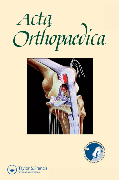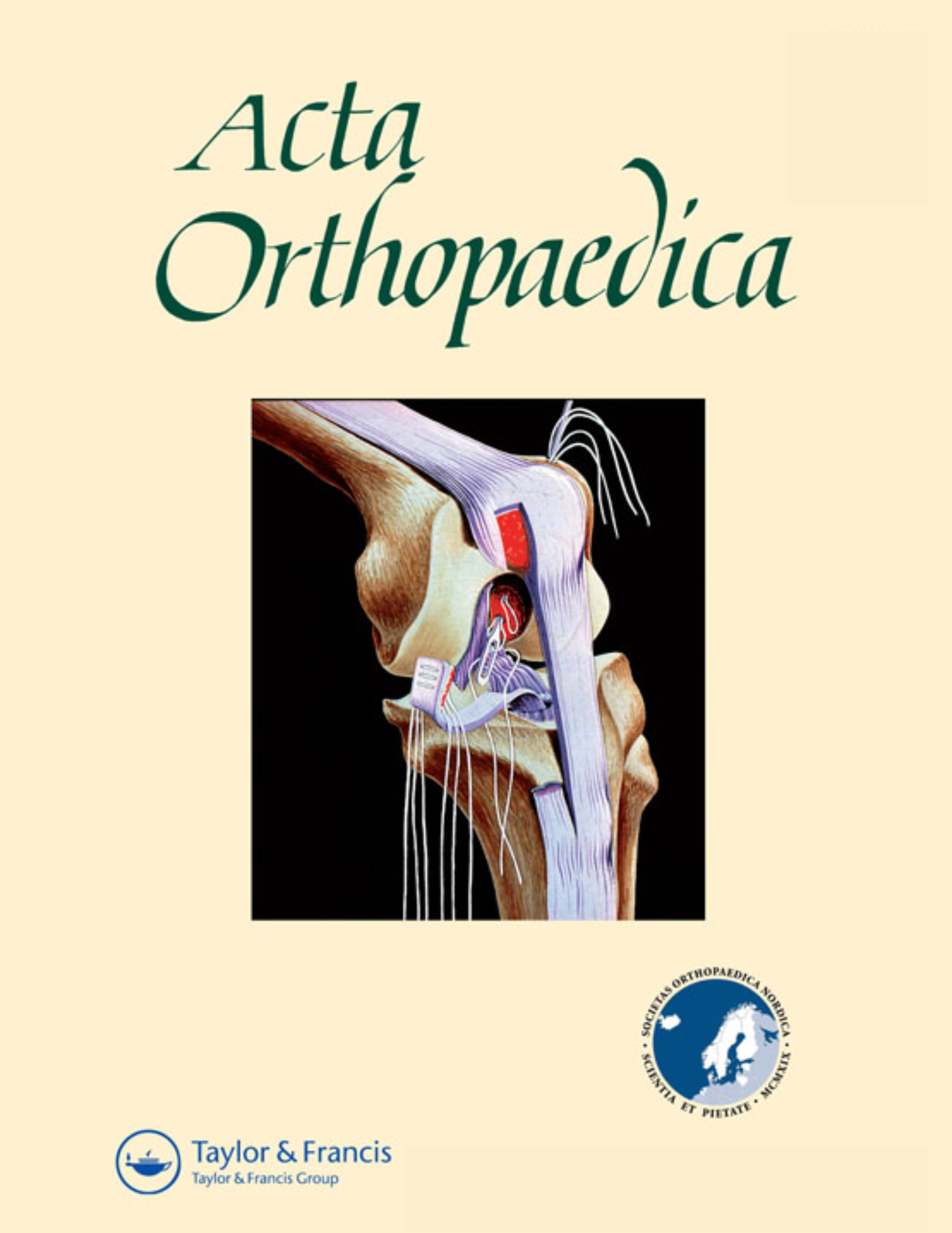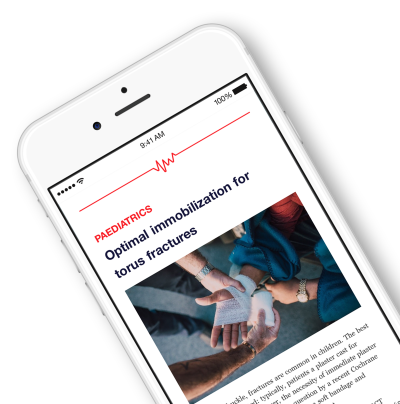
Early MRI useful in clinically suspected scaphoid fracture; no significant cost difference .
Costs analysis and comparison of usefulness of acute MRI and 2 weeks of cast immobilization for clinically suspected scaphoid fractures
Acta Orthop. 2015 Jun;86(3):303-9125 Norwegian patients, within a week of having acute wrist trauma requiring radiographic examination, were pseudo-randomized (based on the date of admission) to receive either early MRI treatment or standard treatment. The purpose of the study was to determine how early MRI compares with conventional management in treating suspected scaphoid fractures from a cost and efficacy perspective. Results indicated that the number of days absent from work and in a cast was significantly lower in the MRI group in patients without fractures, and no major difference was noted in the cost-minimization analysis.
Unlock the Full ACE Report
You have access to 4 more FREE articles this month.
Click below to unlock and view this ACE Reports
Unlock Now
Critical appraisals of the latest, high-impact randomized controlled trials and systematic reviews in orthopaedics
Access to OrthoEvidence podcast content, including collaborations with the Journal of Bone and Joint Surgery, interviews with internationally recognized surgeons, and roundtable discussions on orthopaedic news and topics
Subscription to The Pulse, a twice-weekly evidence-based newsletter designed to help you make better clinical decisions
Exclusive access to original content articles, including in-house systematic reviews, and articles on health research methods and hot orthopaedic topics
































































